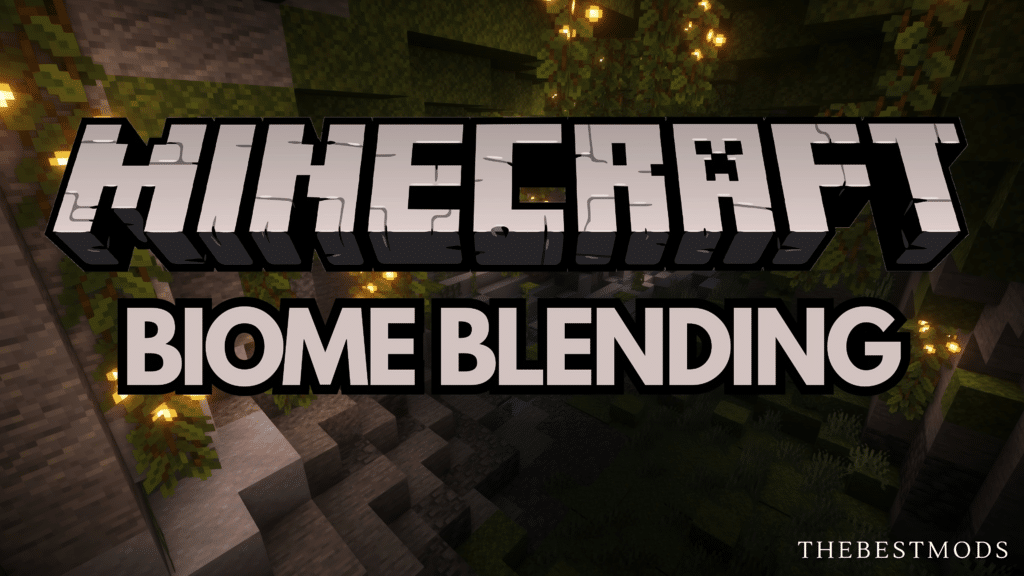
Minecraft has come a long way from a standard sandbox game into an ever-evolving world where players can make their dream world a reality. From this changing game, biome blending has emerged. A feature that has transformed the landscape generation of Minecraft, redefining the way we will experience the game. We will discuss if Biome Blending is worth utilizing and how much impact it will have on Minecraft and your devices.
Minecraft Biomes
Before discussing what Biome Blends are, we should understand what Biomes are. A biome in Minecraft is a region with distinct environmental characteristics, such as climate, vegetation, and terrain. These biomes vary greatly, ranging from lush caves to barren deserts and many more. Each Biome is unique and offers different resources and challenges, making exploration even more fun. Some players may think that Biomes are just there for the visual appeal. They may have beauty and aesthetics, but Biomes also influence gameplay. For example, the Deep Dark Biome, where you can summon an unwanted Warden. You can also find mobs and resources that only spawn in specific biomes. Even the weather is tied to the Biome you’re in. You can’t enjoy the winter snow on a plains biome. Here are a few screenshots of biomes in Minecraft, and it’s not limited to these three.

Desert Biome

Jungle Biome
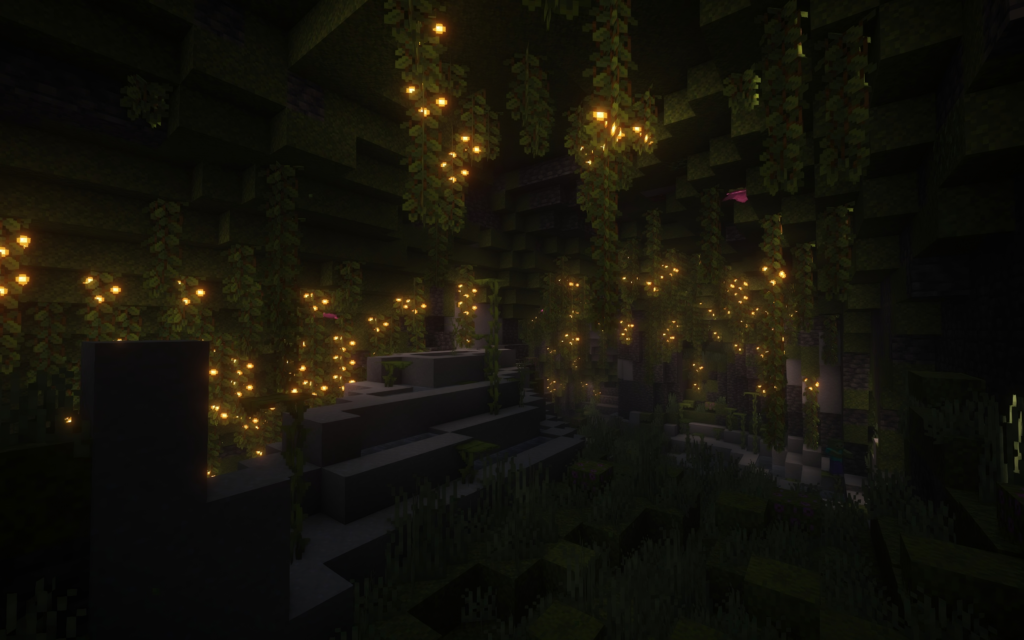
Lush Cave Biome
What is Biome Blend?
Biome Blend is a relatively recent addition to Minecraft that enhances the transition between different biomes, creating a more immersive and visually appealing landscape. Before the introduction of Biome Blend, biome transitions could be rather abrupt, disrupting the game’s overall aesthetics. Biome Blend addresses this issue by gently blending one biome into another, creating a more natural and seamless transition. This blending effect primarily affects the terrain, foliage, and coloration of biomes. For example, if you’re traveling from a plains biome to a snowy tundra biome, Biome Blend will soften the transition, allowing you to see elements of both biomes as you move from one to the other. This makes your gaming experience more cohesive and realistic. Here’s the difference between using a biome blend and when it is turned on.
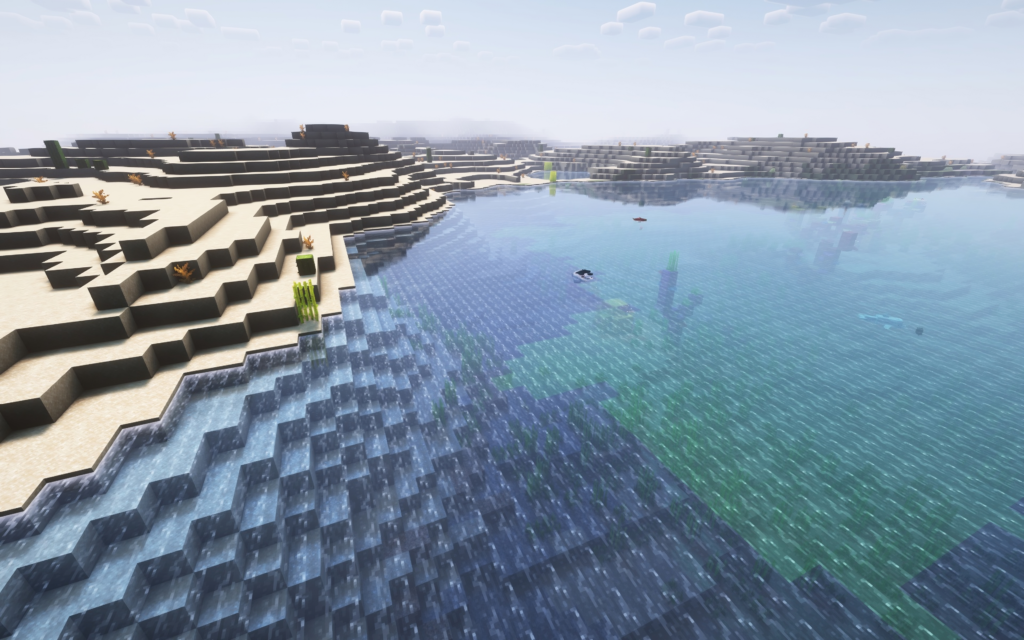
Here’s an image where Biome Blending is turned off. You can differentiate the two bodies of water: a Warm Ocean Biome, a Lukewarm Biome, and a Regular Ocean Biome.
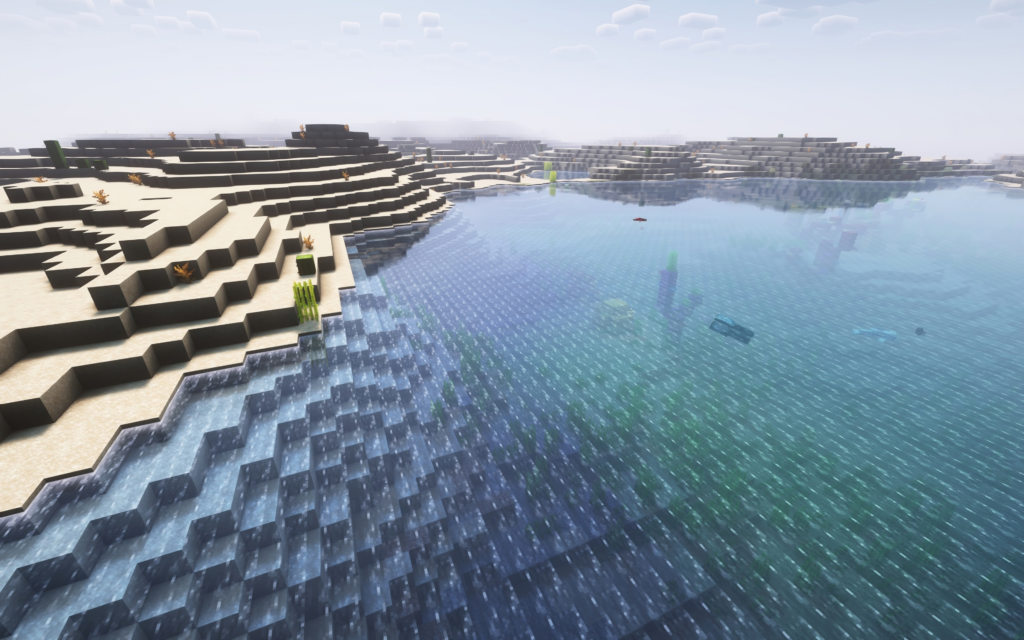
Here’s an image where Biome Blending is turned on with the default settings. You can already see the difference between the two images. Pretty cool, right?

And here’s an image where Biome Blending is turned on at its peak! The 15×15 Biome Blending shows us the full potential of what Biome Blending in Minecraft can do!
Pros of Biome Blending
This feature has advantages and disadvantages, but let’s focus on the positive side first! Biome Blending enhances the aesthetics of the game. The most apparent benefit of Biome Blend is the visual improvement it brings to the game. Terrain transitions appear more natural and less abrupt, creating a more aesthetically pleasing world for players to explore. It helps develop a sense of immersion and realism. This also improves the gameplay. In the past, without biome blending, biome transitions could disrupt gameplay. Now, we have the option for smoother transitions where we can traverse the world more seamlessly. Biome blend also allows creative players to enhance and make even more mind-blowing ideas, like creating structures that straddle the borders between biomes! This further improves the complexity of building projects and allows players to create a more unique and creative architectural design!
Challenges of Biome Blending
Biome blend may benefit us players, but it’s also essential to consider the challenges we might face while using the feature. First, Biome Blend can be resource-intensive, particularly on older, less powerful hardware. Players with lower-end systems may experience performance issues when enabling biome blending. Also, you may encounter different terrain generation mismatches between old and new chunks while upgrading your existing world to a version that supports biome blending. Another thing is that biome blending is not beginner-friendly since you must have prior knowledge of the game before trying to configure the biome blend settings. You can always do your research first before touching the feature to avoid unwanted scenarios from happening.
Also, enabling biome blending might not function efficiently while using data packs and mods. This can limit the flexibility of your world customization if your world relies on various modifications. There are also multiple complaints regarding their experience in using Biome Blend. Consider this red flag first before enabling the feature.
How to Enable Biome Blending
You can activate Biome Blend within the video settings, then details, and on the bottom right slider. You’ll be able to tailor the blending settings to suit both your preferences and the capabilities of your current gaming system. The default recommendation from the game is the 5×5 setting, but you have the freedom to fine-tune this by scrolling from left to right. You can turn off biome blending entirely or push it to the extreme with a 15×15 setting. Remember that the game’s performance requirements will increase as you slide it to the right. This might cause bugs and fps drops if your system can’t handle the conditions.
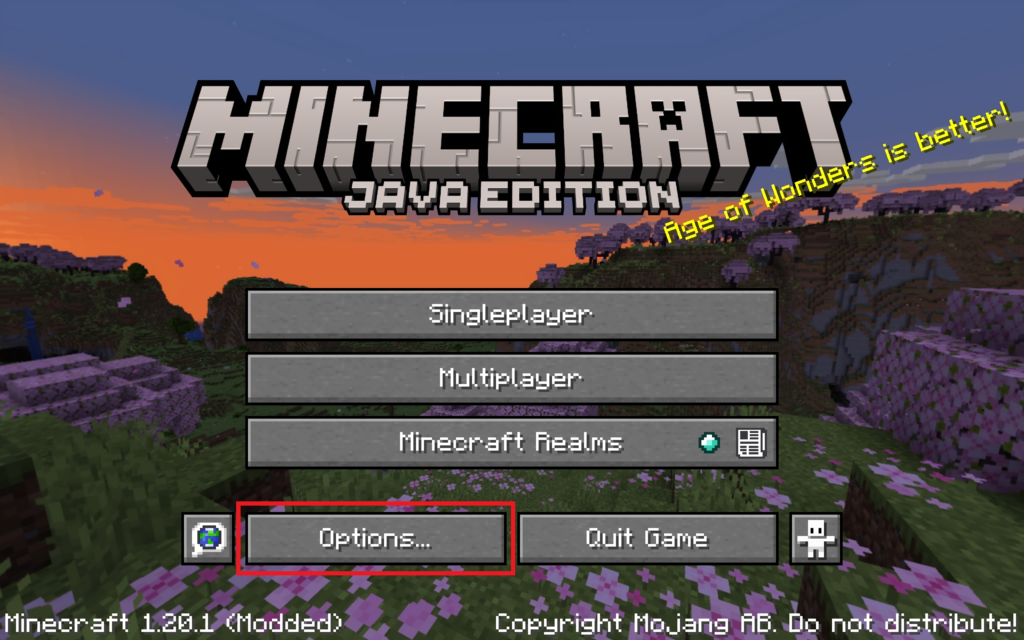
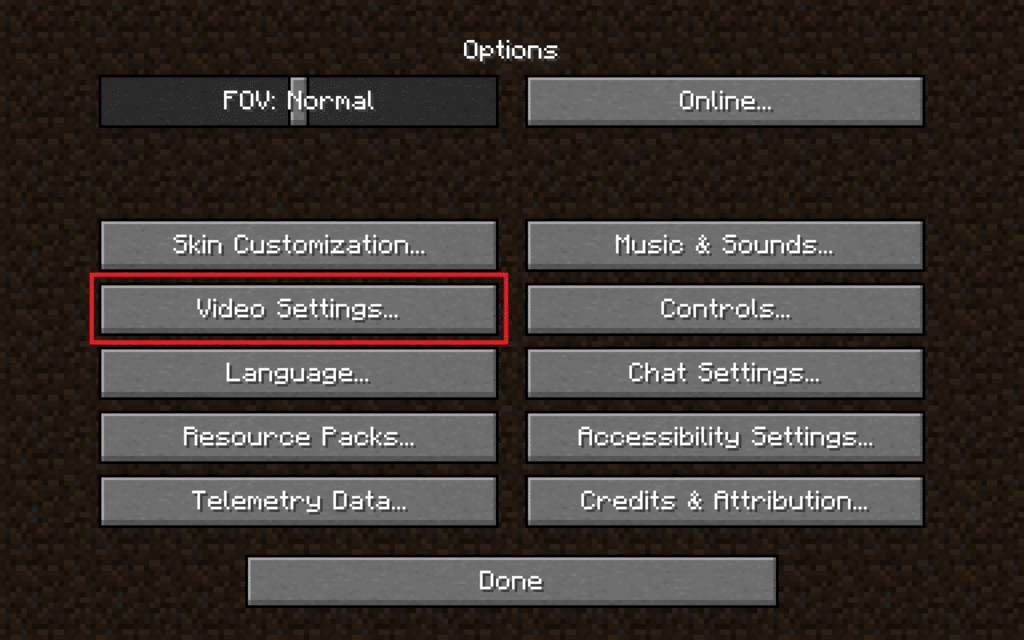

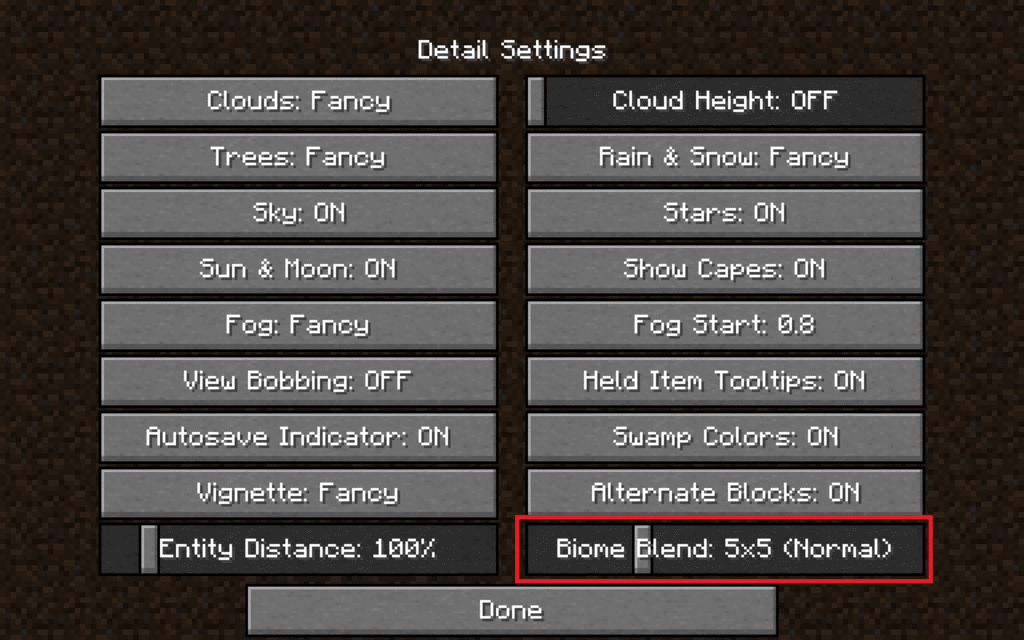
Conclusion
Minecraft’s Biome Blend significantly advances the game’s terrain generation, offering players a more visually appealing and immersive experience. Smoothing out transitions between biomes enhances the Minecraft universe’s aesthetics, gameplay, and creative possibilities. While there are limitations associated with biome blending, such as performance concerns and the need for world conversion, the benefits outweigh the drawbacks for many players.